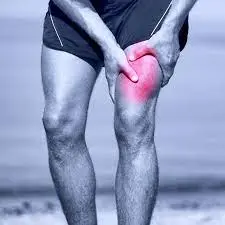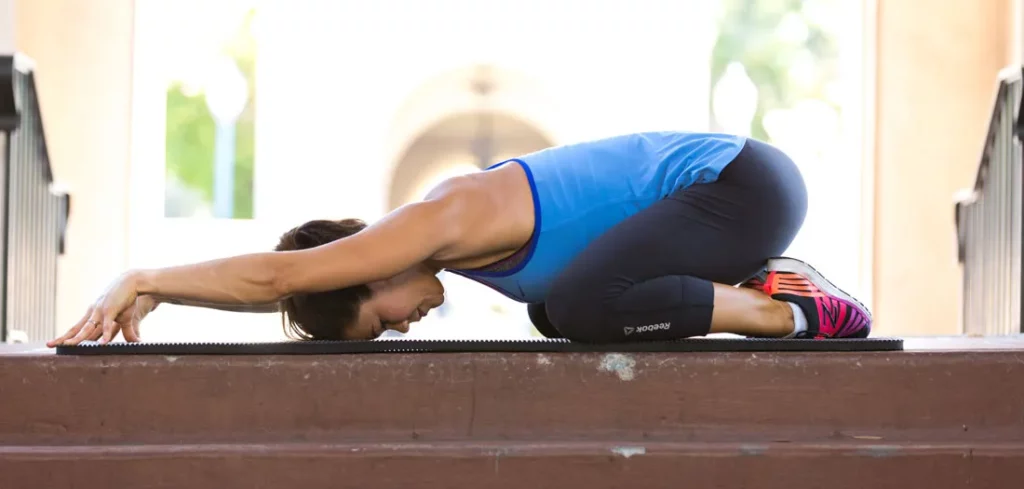

wordpress-seo domain was triggered too early. This is usually an indicator for some code in the plugin or theme running too early. Translations should be loaded at the init action or later. Please see Debugging in WordPress for more information. (This message was added in version 6.7.0.) in /home/sehatnagar.com/public_html/wp-includes/functions.php on line 6114
Pulling a muscle is a common injury that can happen to anyone, from athletes to casual exercisers. When faced with a pulled muscle, many people wonder whether stretching is a helpful or harmful approach to recovery. To address this question, we will delve into the science behind muscle pulls, dispel common myths, and provide expert advice on whether and how to stretch a pulled muscle safely and effectively. As we explore this topic further, by the end of this article, you’ll have a clear understanding of the best practices for managing this painful injury.

Before we can address the question of whether to stretch a pulled muscle, it’s essential to grasp the basics of what happens when a muscle is pulled. Muscle pulls, also known as strains, occur when muscle fibers are stretched or torn due to excessive force or overuse. This can result in pain, swelling, and limited range of motion.
Each grade of muscle pull may require a different approach to management, including whether or not stretching is appropriate.
There are several common misconceptions surrounding stretching and pulled muscles. Let’s address these myths to ensure you have a clear understanding of the topic.
Now that we’ve debunked some myths, let’s address the central question: should you stretch a pulled muscle? The answer depends on the severity of the injury and the stage of the healing process.
During the initial phase of a muscle pull, stretching is generally not recommended. The priority is to reduce pain and inflammation through the R.I.C.E. (Rest, Ice, Compression, Elevation) protocol. Rest the injured area, apply ice, use compression, and elevate it to minimize swelling. Stretching at this stage can exacerbate the injury.
After the acute phase, as the pain and swelling subside, gentle and controlled stretching can be introduced under the guidance of a healthcare professional. This should be done with extreme caution to avoid re-injury.
As the muscle heals, a comprehensive rehabilitation program, including stretching, is essential to regain full function and prevent future injuries. Stretching exercises should focus on increasing flexibility and range of motion in a controlled manner.
When you reach the point where stretching is appropriate, it’s crucial to follow safe techniques:
Always warm up your muscles with light aerobic activity or dynamic stretching before attempting static stretching.
Perform slow, controlled stretches without bouncing or jerking motions.
Hold each stretch for 15-30 seconds and breathe deeply to relax the muscle being stretched.
Stretch to the point of mild discomfort, not pain. If you feel pain, stop immediately.
Gradually increase the intensity and duration of your stretches as your muscle heals and becomes more flexible.
The decision of whether to stretch a pulled muscle depends on the phase of the injury and the guidance of a healthcare professional. During the acute phase, rest and the R.I.C.E. protocol are paramount. As you progress through the healing process, controlled stretching can be incorporated to aid recovery. Always prioritize safety and consult a healthcare provider to create a personalized rehabilitation plan. Remember that the goal is not just to recover but also to prevent future muscle pulls through proper conditioning and balanced strength training.
Surya Namaskar: A Powerful Practice For Weight Loss & Wellness